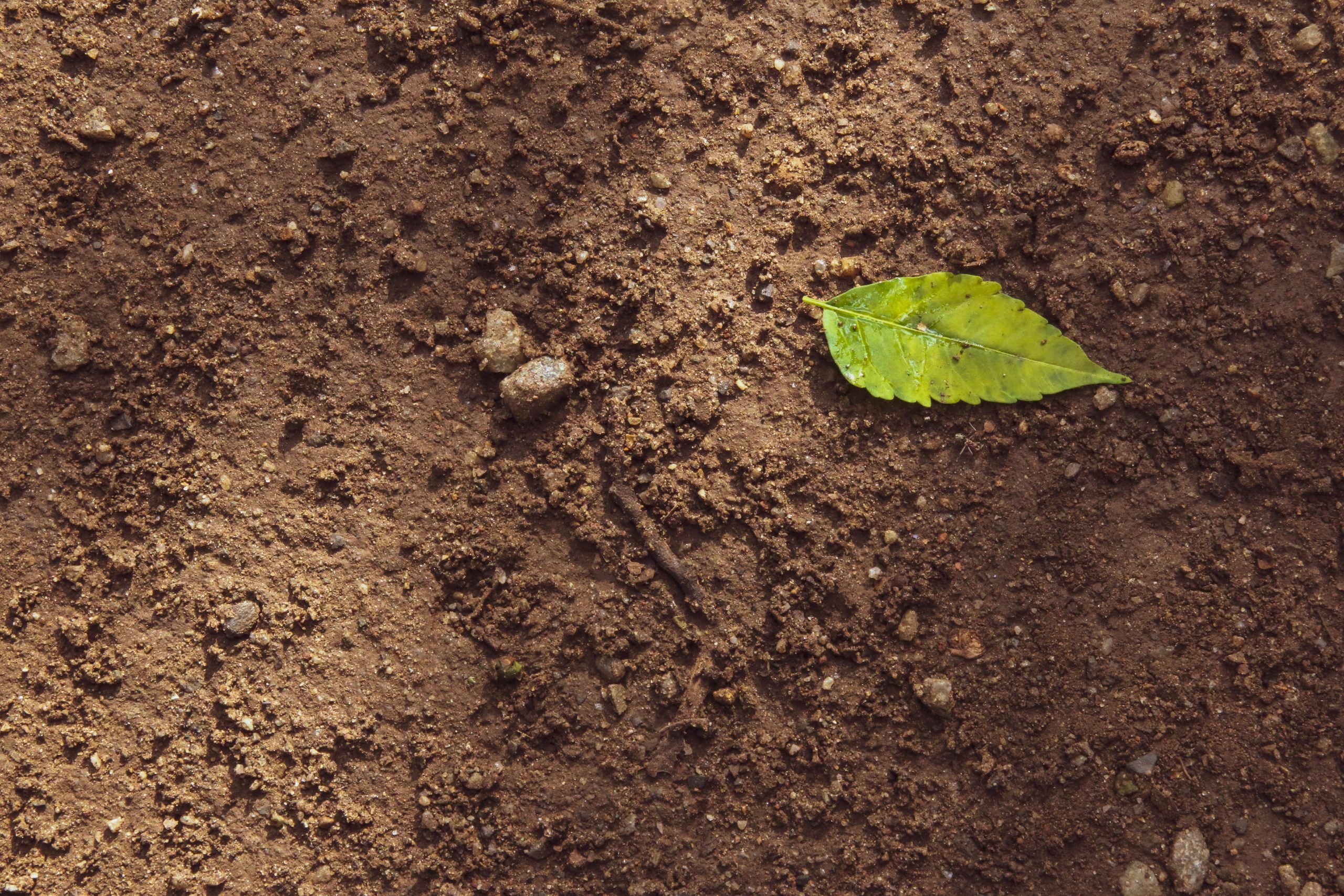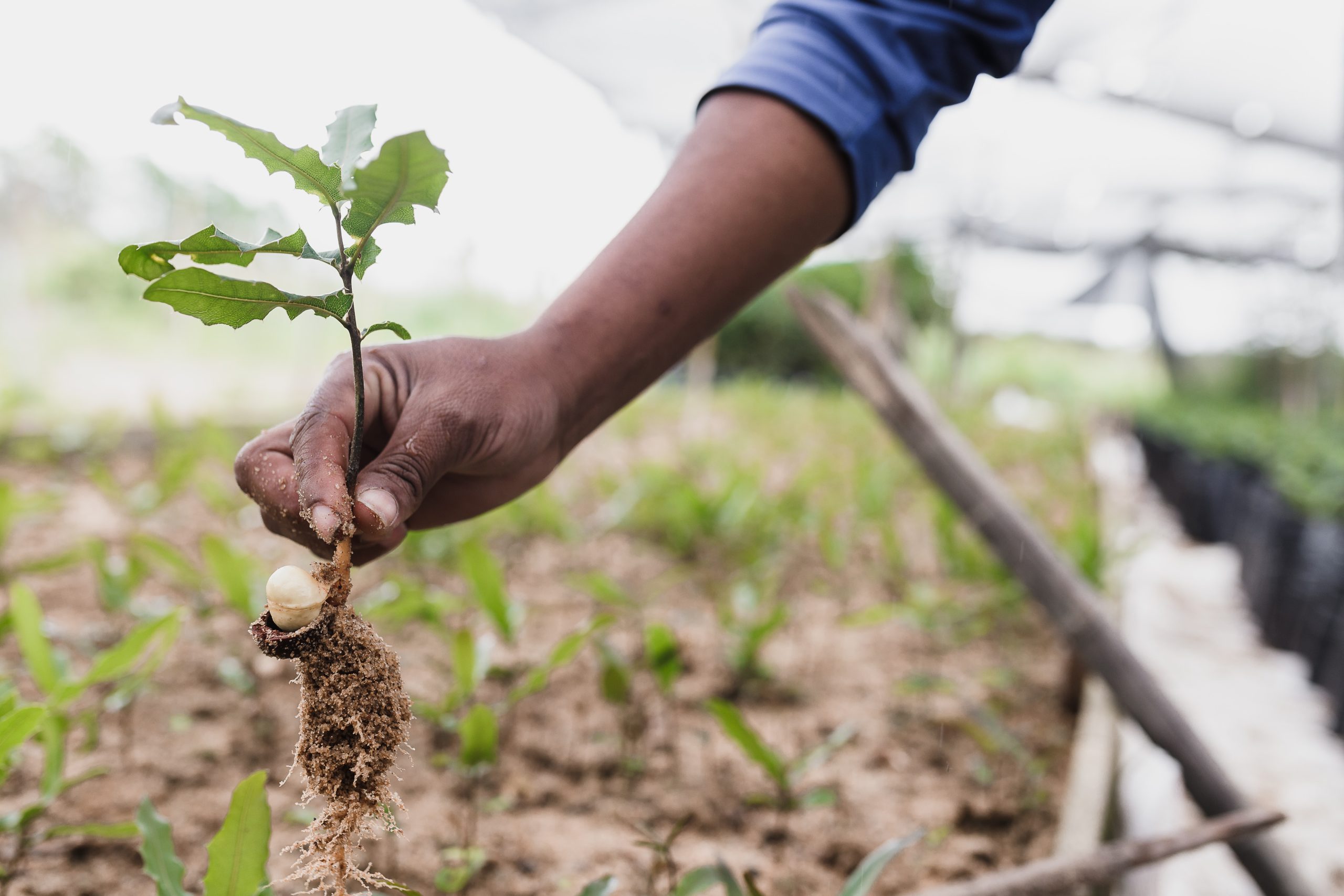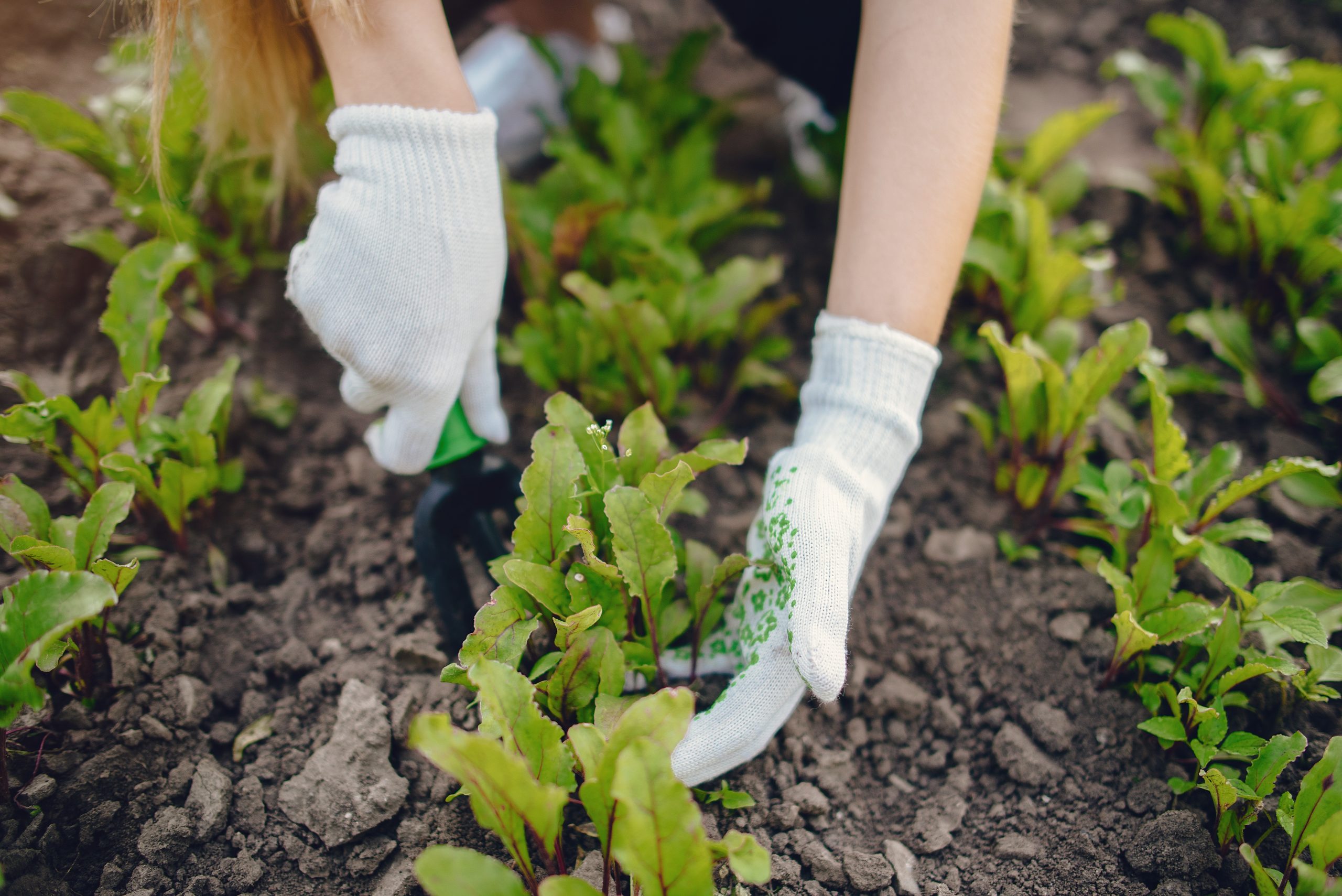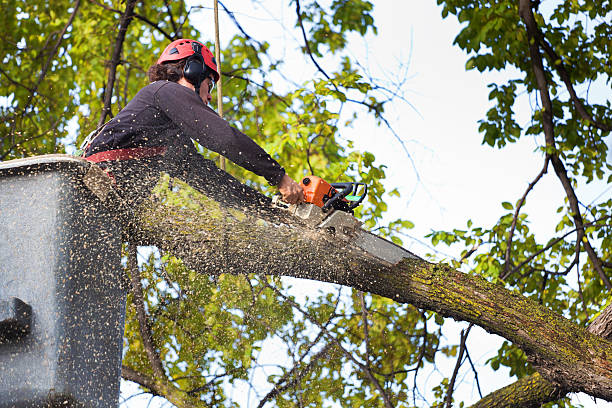Nurturing Growth: Preparing Soil for Planting

Understanding the Importance of Soil Preparation
Before delving into the planting process, it’s crucial to recognize the significance of soil preparation. Good soil serves as the foundation for healthy plant growth. Understanding its composition, structure, and nutrients is key to fostering a thriving garden.
Assessing Your Soil
Start by evaluating your soil’s texture, drainage, and pH levels. Tools like soil testing kits or professional assessments can provide insights into its composition. Understanding these aspects helps determine the necessary amendments and treatments required to optimize soil conditions.
Soil Amendments for Improved Fertility
Enhancing soil fertility involves adding organic matter such as compost, aged manure, or mulch. These enrich the soil by providing essential nutrients, improving its structure, and promoting beneficial microbial activity. Learn how to select the right amendments for your specific soil type.
Techniques for Soil Aeration and Compaction
Aerating soil helps in loosening compacted areas, allowing roots to penetrate easily and access nutrients and water. Techniques like tilling, double digging, or using aeration tools can effectively combat soil compaction issues, ensuring optimal conditions for plant growth.
Proper Drainage: Preventing Waterlogging
Ensuring proper drainage is crucial to avoid waterlogging, which can harm plant roots. Implement techniques like raised beds, contouring, or adding organic matter to improve drainage. These methods help maintain the right moisture levels while preventing excess water accumulation.
Adjusting Soil pH Levels
Understanding the optimal pH levels for your desired plants is crucial. Techniques such as adding lime to raise pH or sulfur to lower it can help attain the ideal balance. Adjusting pH levels ensures that plants can absorb nutrients effectively from the soil.
Timing and Seasonal Considerations
Timing plays a vital role in soil preparation. Different seasons demand varying approaches. Spring might involve heavy soil amendments, while fall preparations focus on winterizing and enriching the soil for the upcoming growing season. Learn about the best practices for each season.
Mulching as a Soil Preparation Technique
Mulching not only conserves soil moisture but also regulates temperature and minimizes weed growth. Organic mulches like wood chips or straw add nutrients as they decompose, enhancing soil structure and fostering a healthy environment for plants.
Implementing Sustainable Soil Practices
Adopting sustainable practices such as crop rotation, cover cropping, and no-till gardening promotes soil health and fertility. These methods reduce erosion, improve soil structure, and support biodiversity, contributing to a more resilient and productive garden ecosystem.
Maintenance and Continuous Improvement
Soil preparation is an ongoing process. Regular monitoring, testing, and maintenance ensure that your garden soil remains healthy and conducive to plant growth. Continuously incorporate organic matter and follow sustainable practices to foster long-term soil health.
In conclusion, mastering the art of soil preparation is fundamental to successful gardening. By understanding the nuances of soil composition, employing appropriate techniques, and maintaining consistent care, you lay the groundwork for a flourishing garden that nurtures vibrant and thriving plant life.




